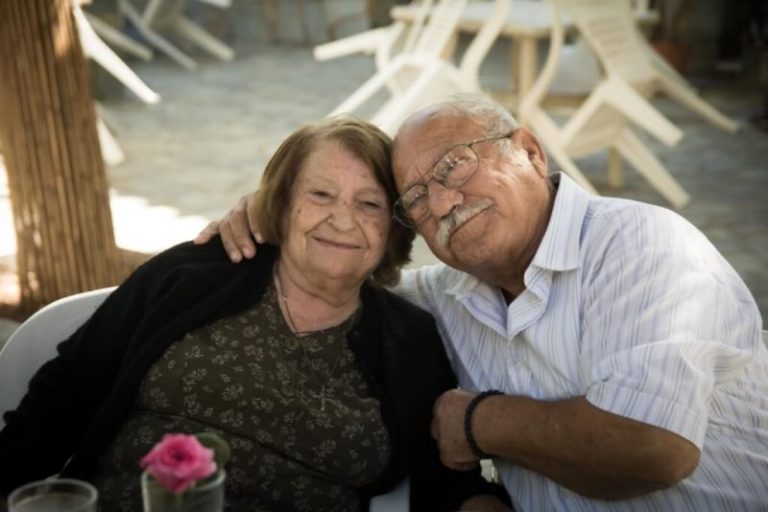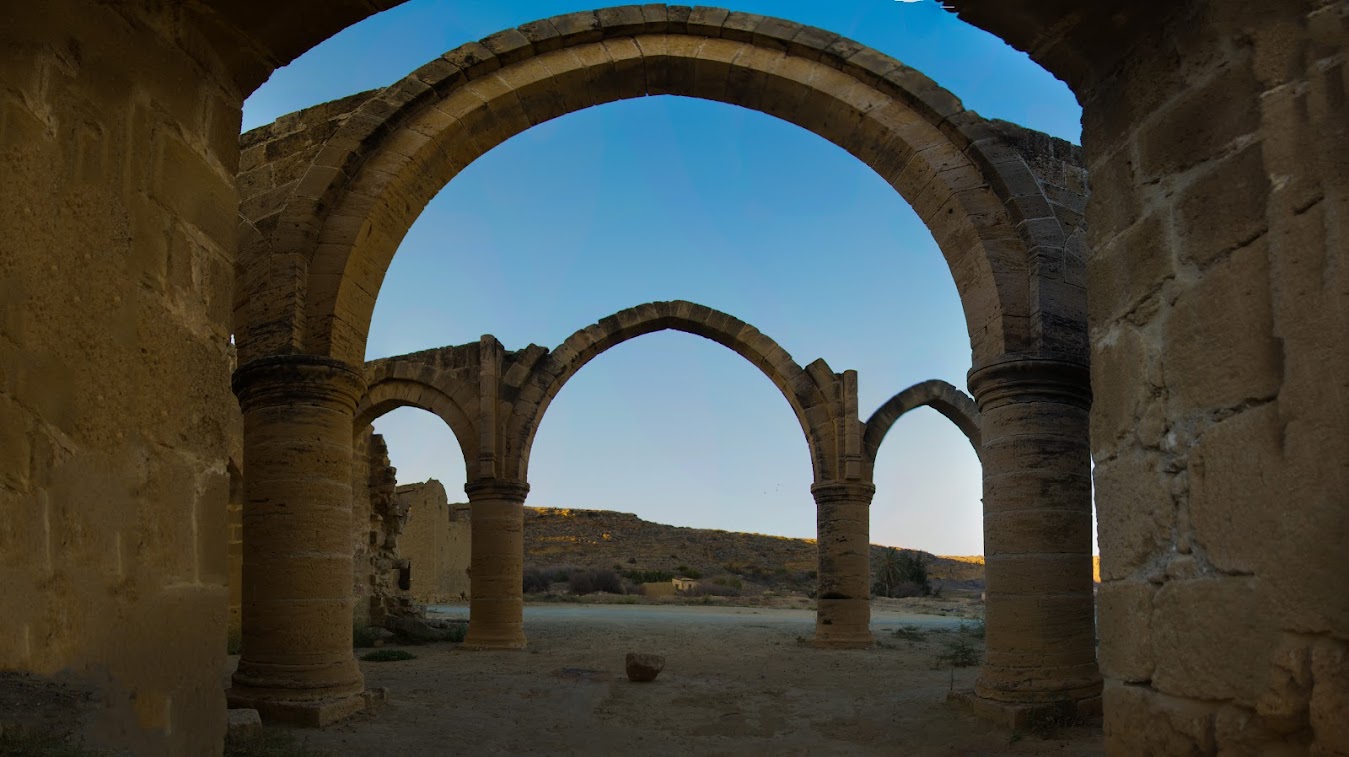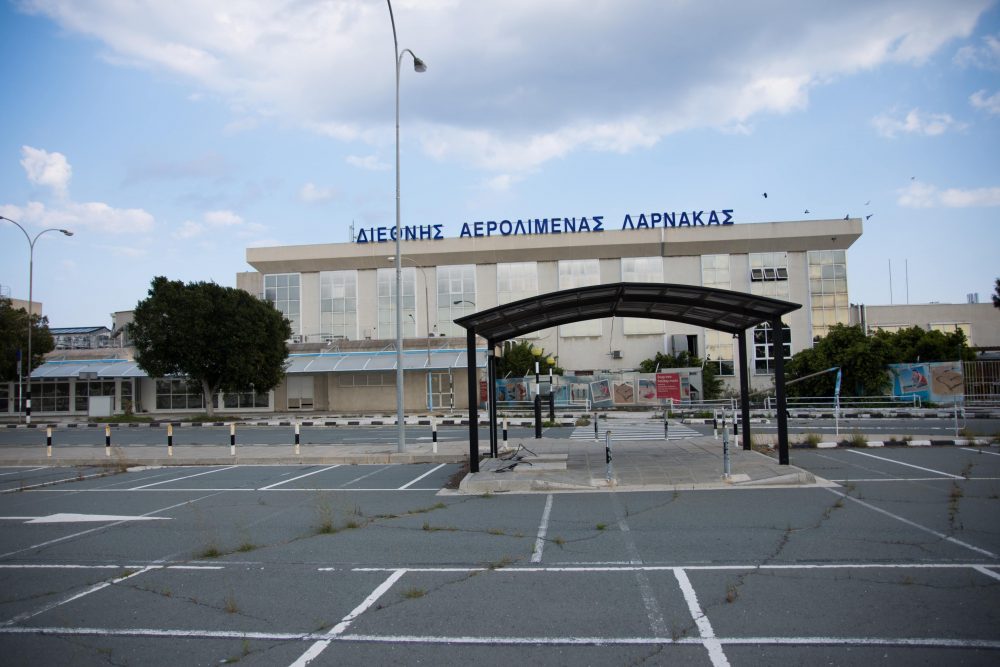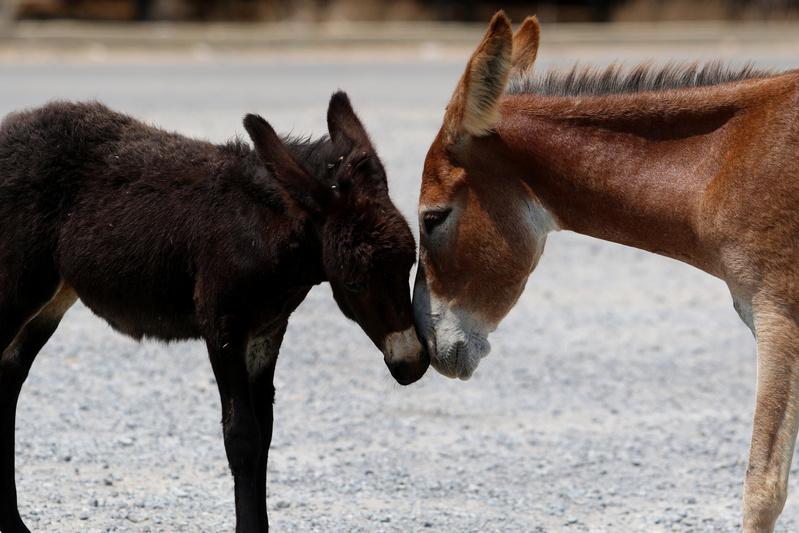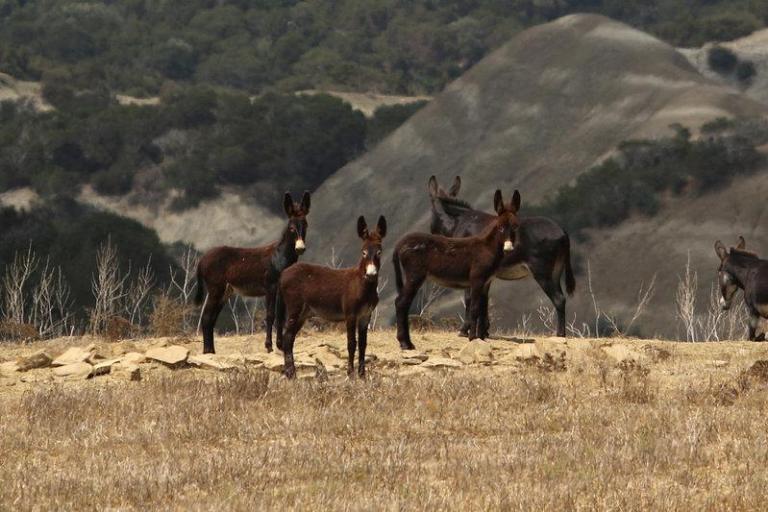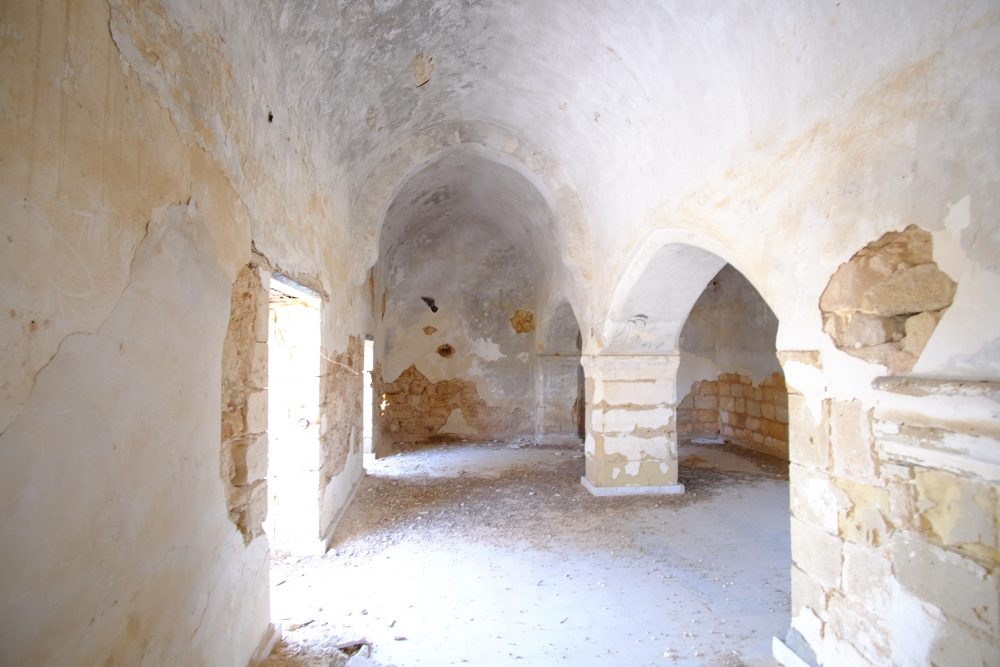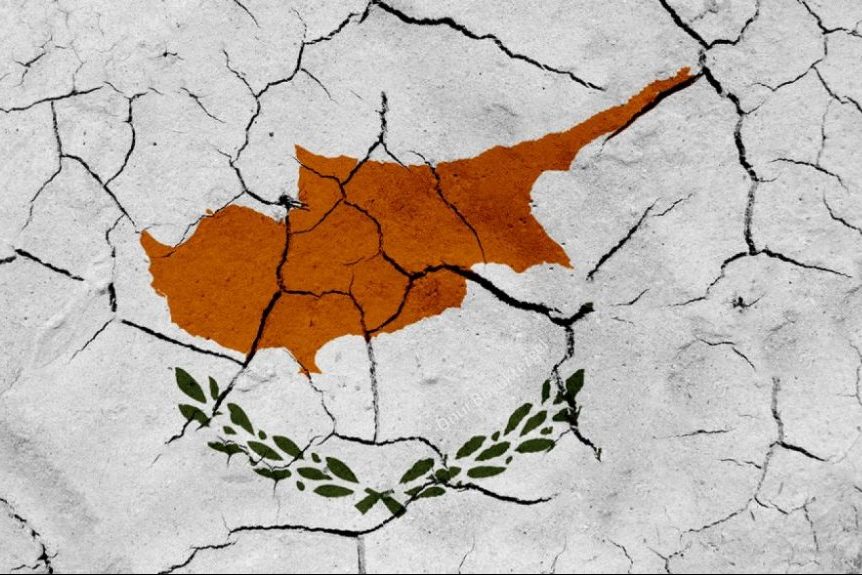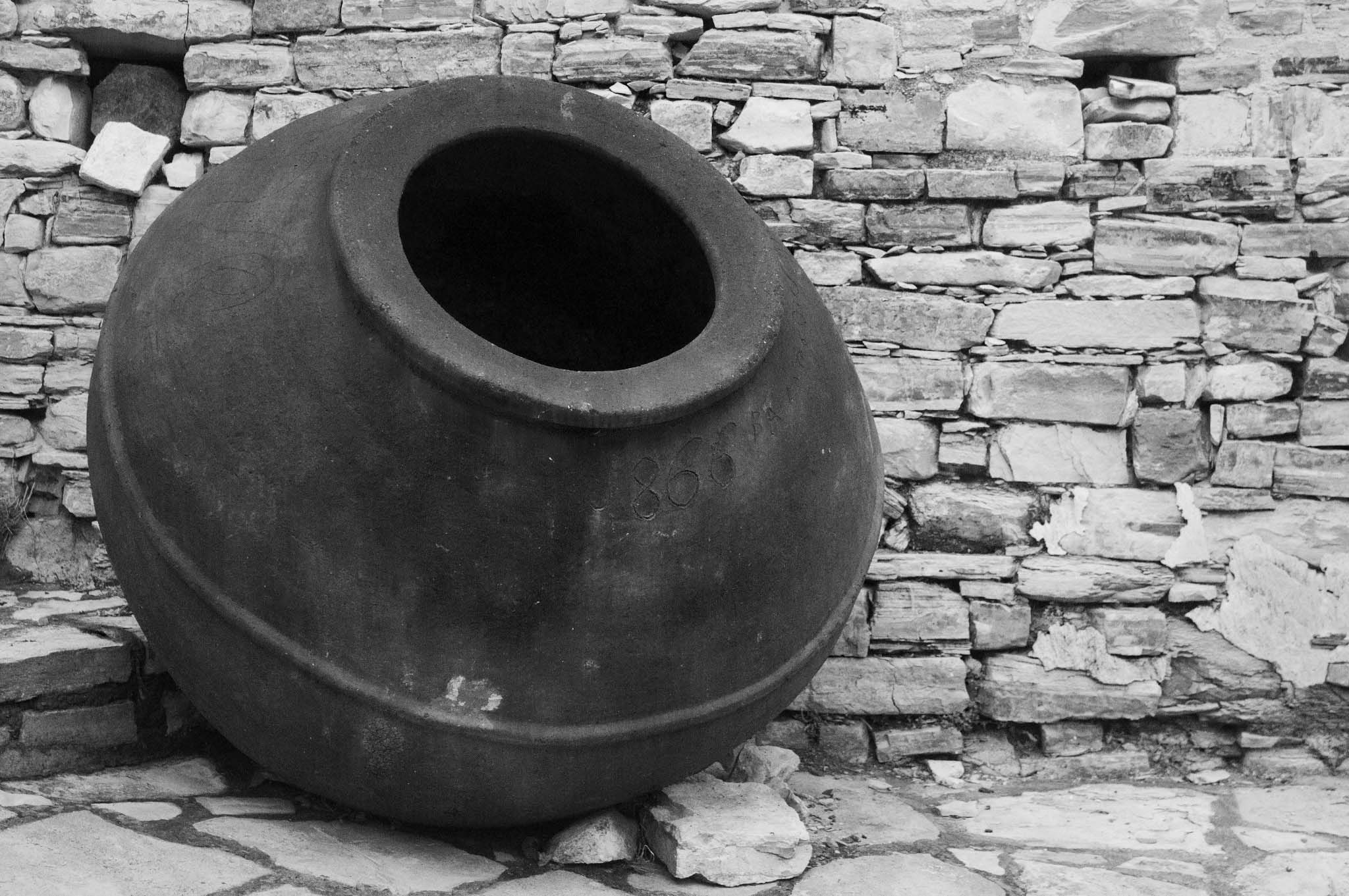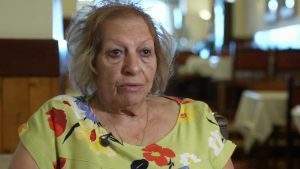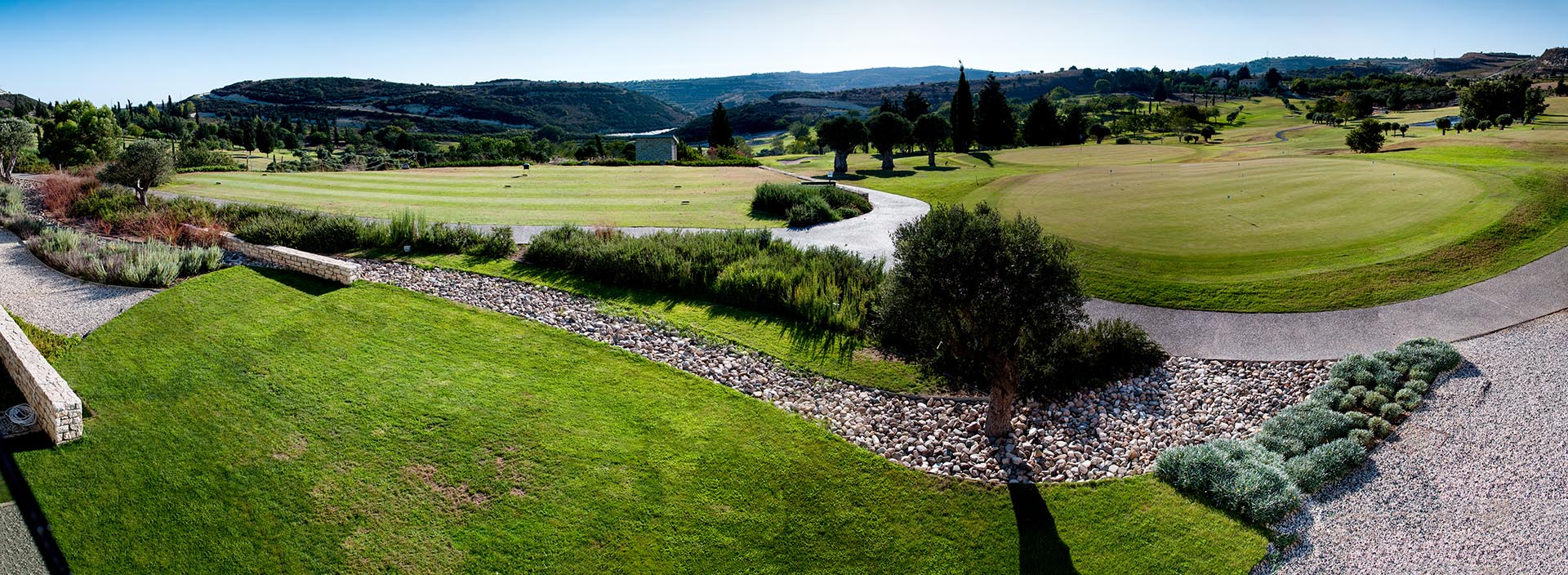
Trellows Sells You A Luxurious Lifestyle
Discover The Minthis Resort In Paphos Cyprus
Have you ever been struck speechless by the marvellous beauty of nature? If you can’t help but marvel about the wonders of nature, you will like the following that inspire you to appreciate life to the fullest.
Emerging yourself in nature and taking in the soothing calmness of the natural world can have a profound impact on your entire well-being. The comforting effect of nature can help you to relieve stress and to unplug from the hectic burdens of civilization.
“I declare this world is so beautiful, that I can hardly believe it exists!”
Ralph Waldo Emerson
The more you examine and study the workings of nature, the more amazed you become. I for one never really took much notice when it came to Mother Nature how ignorant I must have been,but not now. I had the greatest pleasure of being guided around the beautiful Minthis Resort. I’m just not sure where to start. There was so much to see and so much to say. If you were to take me blind folded to Minthis I would know exactly where I am just by my nose …… Scent , Aromas, are out of this world Fresh HERBS growing wildly around the whole resort. It’s not uncommon to feel pure joy, wonder, or even amazement about all the magnificent wonders of nature.
The simple act of an unfolding flower that starts facing the sun can leave you wondering about the mechanics of life for hours. Just think about how well-balanced nature’s ecosystems are and how they all contribute to maintaining life on earth.
THE WONDERS OF NATURE
We invite you to get close to nature, whether that’s a packed day of hillside adventure into limestone ravines or a meander through scenic pathways past waterfalls and ancient shepherds’ caves, through evergreen forests of juniper, wild olive and Cyprus cedars. It’s time to get out there.
THE SPIRIT OF MINTHIS
Discover a unique destination inspired by the spirit of this protected Cypriot landscape. Our philosophy is anchored in holistic wellbeing: connecting you to nature, and balancing adventure and discovery with peace and tranquillity.
A NEW RESORT STAY EXPERIENCE
Minthis offers everything expected of a luxury resort, set among the ancient olive groves, fragrant orchards and undulating hills of the wine producing region of Pafos. This is not your typical hotel accommodation, but rather a more authentic, immersive and personal resort experience. Stay with us and enjoy the famed Cypriot hospitality in a one-of-a-kind location.
YOUR HOME. YOUR RETREAT
Discover the Property Collection, a diverse range of custom-built and beautifully-finished homes that embrace and celebrate their surroundings, offering effortless luxury living.
DISCOVER NEW EXPERIENCES
Minthis is a destination away from the everyday. Its unique and beautiful hilltop location both elevates and anchors into nature. Our philosophy centres around holistic wellbeing, balancing adventure among the landscape with peace and tranquillity within our walls. Experience a new way of life in five million square metres of protected Cypriot scenery, marvel at the mountains framing distant panoramas, and retreat into luxurious accommodation, enhanced by renowned dining and wellness experiences. Minthis is an award-winning sanctuary in harmony with the wonders of nature.
YOUR NEXT ESCAPE
Minthis offers the perfect balance of relaxation and adventure. Our architecture, design and bespoke services redefine hospitality and personal wellbeing. From award-winning accommodation conceived by world-renowned architects Woods Bagot, to golf, fine dining, wellness, the region’s wine and herb heritage and the country’s ancient history, there will be plenty to discover during your stay.
LOOKING TO OWN?
The Minthis Property Collection is a diverse range of luxury homes, with many ownership benefits. Designed by world renowned architects, Woods Bagot, the collection includes 2-bedroom suites, to 3-bedroom neighbourhood villas and large customisable residences. Ideal as investments or for those that choose to live the Minthis way of life.
EXPERIENCES
At heart, Minthis is about enrichment. We believe the spirit of the landscape offers a sense of true escapism and a place to spend time recharging and reconnecting. Curiosity is always encouraged, and all sides of holistic well being indulged.
PARADISE
Minthis Resort Is Simply Stunning. The Monastery In The Grounds Is Beautiful And The Contrast Of The Traditional Against The Modern Is Perfect.
Being part of a Natura 2000 site means that nature is at the centre of everything we do. Natura 2000 is a network of core breeding and resting sites for rare or threatened species and while it includes areas of protected nature reserves, the approach to conservation and sustainable use is centered on people working with nature rather than against it. As a Member State, we ensure that nature is respected at all times and that our resort is managed in a sustainable manner. The activities and facilities we offer all contribute to this founding philosophy.
Viticulture
Cyprus has been producing wine for thousands of years, there is even evidence that wine making on the island may have existed as far back as the ancient Greeks. At Minthis we love traditions so it was only natural that we would also harvest our own grapes to make wine. Our wine-making story began more recently, we have been producing red wine for more than 6 years from vines situated throughout the resort. In 2020 we also added a Rose vintage and in 2021 a White Xinesteri variety will be available.
We offer our guests the opportunity to explore the Minthis vineyards,
Bird Watching
Amongst the five million square metres of beautiful protected Cypriot landscape, there are over 109 species of birds and countless animals that call this land their home. Look for the protected Bonelli’s Eagle from the viewing points and discover other rare breeds.
Our resident experts are on hand to show you the best viewing spots as well as the rare species to look for.
Star Gazing
The clear mountain night air and zero light pollution means that Minthis is the perfect spot to gaze up to stars. The 100 million-year-old stars of the Pleiades, also known as the Seven Sisters, and the Perseids phenomenon of shooting stars occur regularly and are clearly seen in the summer months. If you look close, you can see the Milky way constellation and depending on the time of the year, Mars, Mercury and even Neptune.
5 Million square metres of land
3% Amount of developed land
100 Km of groomed walking trails
1.1 Million olive trees
334 Species of bird on site
18 Holes of championship golf
Time slows down at Minthis. Simple pleasures become significant and everything is an experience to enjoy. Nothing encapsulates this philosophy more than dining at Minthis. Fresh, seasonal ingredients, imaginative menus and atmospheric surroundings invite you to savour every moment and every mouthful.
Dining, like cooking, is an act of passion. One of life’s most simple and enjoyable luxuries. Minthis Head Chef
Let the crackle of the fireplace, the tinkling of crystal, the aromas from the kitchen and the flavours of each bite transport you. Warm and welcoming local hosts will take care of everything, ensuring a five-star experience so that you and yours can reconnect and enjoy an intimate meal of fine food and wine, laughter and contentment.
THE TERRACE
From its elevated seat, Minthis is blessed with its own climate. The sun shines more than 300 days a year but the air is fresh, breezes are cooling and the temperature is pleasant. Make the most of the Mediterranean warmth by dining al fresco on The Terrace; outdoor dining at its most beautiful. Sit down to a lunch with stunning views overlooking the golf course, olive groves and orchards, or breathe in the perfumed night air during a quiet candlelit dinner.
Sit back and enjoy the company of your closest family and friends while our culinary team prepares a spectacular meal for you in the comfort of your own home. Meals will be cooked in your kitchen or at your outdoor grill and served to your table. Choose from restaurant menu favourites or request custom creations. Leave the details to us as you enjoy a healthy brunch in your garden, a delicious canapés reception or sumptuous dinner under the stars by candlelight.
IN-RESIDENCE DINING
Sit back and enjoy the company of your closest family and friends while our culinary team prepares a spectacular meal for you in the comfort of your own home. Meals will be cooked in your kitchen or at your outdoor grill and served to your table. Choose from restaurant menu favourites or request custom creations. Leave the details to us as you enjoy a healthy brunch in your garden, a delicious canapés reception or sumptuous dinner under the stars by candlelight.
The light at Minthis is something special; almost otherworldly. Inside each property – Residences, Villas and Suites – spaces are open, and natural light and panoramic views are fundamental architectural elements. This suffusion of daylight enhances well-being and ensures that homes are as regenerative as the landscape.
There is a unique balance of personal intimacy and openness in the homes that comes from the light.
Using warm, neutral tones, clean, contemporary fittings, and beautiful, earth-borne materials like limestone, granite and wood, interiors are high quality; sophisticated in their simplicity. Walk across marble floors into the open-air courtyard or onto shaded terraces, as everyday life moves seamlessly between inside and outside.
A NEW RESORT STAY EXPERIENCE
Minthis offers everything expected of a luxury resort, set among the ancient olive groves, fragrant orchards and undulating hills of the wine producing region of Pafos. This is not your typical hotel accommodation, but rather a more authentic, immersive and personal resort experience. Stay with us and enjoy the famed Cypriot hospitality in a one-of-a-kind location.
BOOK YOUR STAY
WELLNESS SPA & RETREAT
The groundbreaking 2,000sqm Wellness Spa at Minthis is a place to relax and unwind, offering a 360-degree holistic approach to physical wellbeing and spiritual balance. Harnessing the naturally restorative air and earth, the wellness philosophy integrates therapeutic essential oils and aromatherapy from indigenous herbs and plants found on the Minthis estate.
Facilities open to all ages include studios centering on wet and dry therapies, yoga, hydrotherapy, sauna, 25m pool, scented baths, private reflection courtyards and a gym – all in low-lying Pavilions overlooking the peaceful hills.
Designed to maintain a strong connection with nature; overgrown grass roofs make the striking contemporary architecture by world-renowned Woods Bagot feel like it has emerged from the earth. Sophisticated interiors balance a sense of space and intimacy, materials are natural, the sound of water can be heard throughout and evocative scents fill the air.
For thousands of years, the power of scent and herbs to regenerate and restore has put them at the centre of healing and medicine. The wellness philosophy at Minthis also puts herbs at the heart of its story, with treatments incorporating unique infusions of indigenous herbs to invigorate, destress and calm.
SCENTED COURTYARD
Orientated around a vertical wall of tumbling fragrant herbs, the internal courtyard and relaxation area is a sensory enriching experience. The healing power of plants regenerates while the golden light and fresh air helps soothe and revitalize.
Article by
Maria Neocleous
maria@trellows.com
